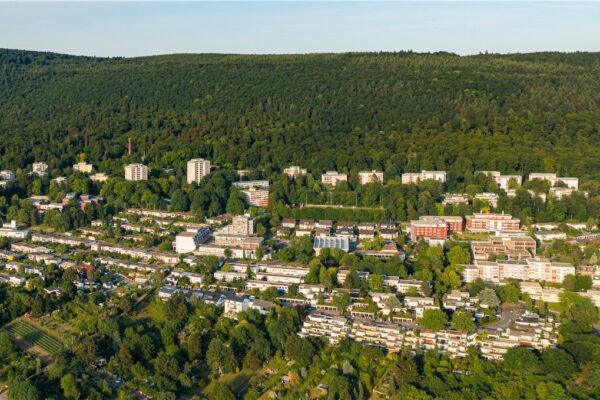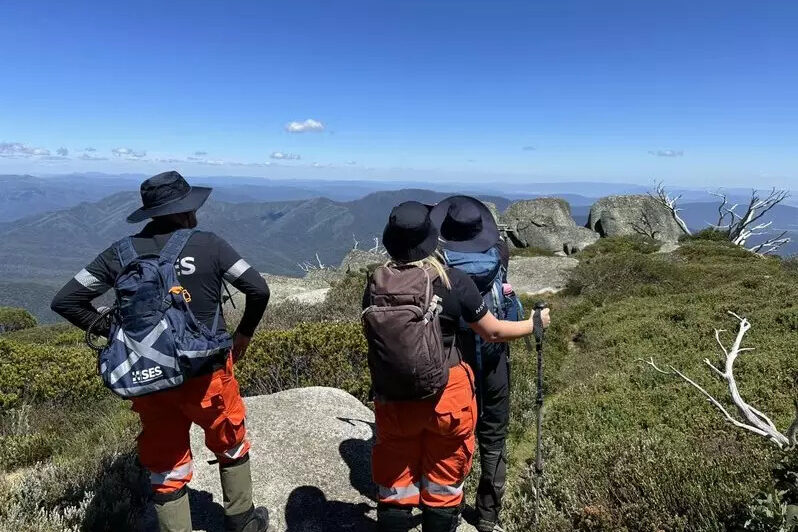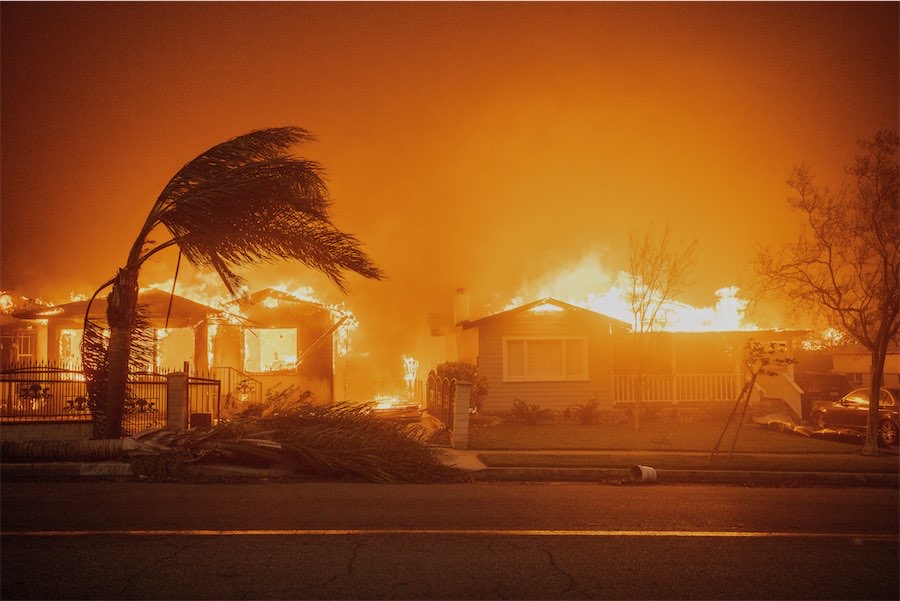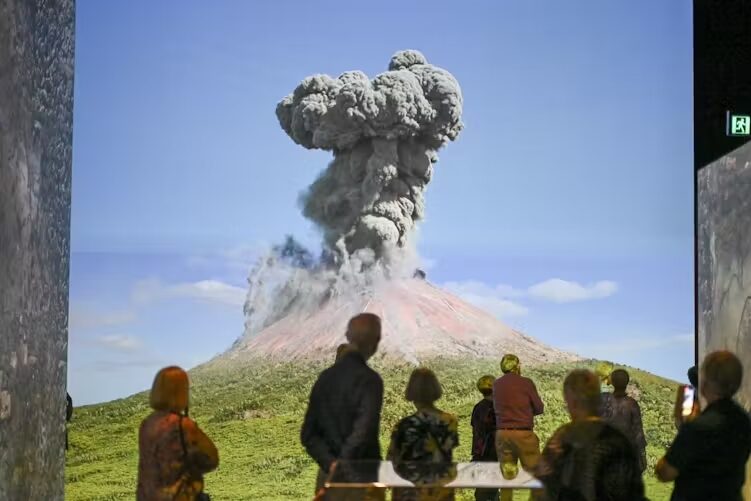
“A lack of expert evaluation has produced an increasing number of high-cost government projects leading to high-cost waste of money,” writes Prof BEATRICE BODART-BAILEY.
When I see our ACT Green MLAs in their green outfits, I wonder whether subconsciously they are compensating for a feeling that their policies aren’t very green.

They tell us that with climate change we are facing another apocalypse, that the climate crisis is as much an existential crisis as nuclear weapons and that “people made climate change happen. And people can stop it.” But what are they doing to stop it?
When in 2012, Shane Rattenbury traded his MLA vote for the light rail, did he not know that already two years earlier the Chinese had produced an electric bus, the BYD K9, so successful that it soon was manufactured in the US?
The government-commissioned URS City to Gungahlin Transit Corridor: Concept Design Report stated that a Bus Rapid Transit (BRT) system had roughly twice the benefit-cost-ratio of Light Rail Transit (LRT) and would produce the same commercial development along the line.
The report was kept secret, and the public was fooled by comparing LRT not with BRT but with a “do nothing scenario” producing the statement: “A triple bottom line evaluation undertaken of these options comparing their social, economic and environmental impacts to the ‘do nothing scenario’ has shown LRT to provide higher benefits due to its higher social benefits.”
Was there no expert to point out that instead of producing CO2 by laying steel rails in concrete together with overhead wiring and extensive roadwork, pollution would be much reduced by ordering electric buses for a BRD system?
Now, 12 years later, diesel buses are still polluting our environment. How much CO2 could have been saved by investing a fraction of the light rail’s expense in electric buses at an early stage!
In a CityNews column (May 27, 2021), architect Penleigh Boyd pointed out that it will take 19 years to offset emissions by private cars the light rail hopes to take off the road.
Most likely he did not factor in that with the closing of some 700 bus stops, public transport became so inconvenient that many reverted to their cars.
The light rail’s passenger boardings are increasing due to increasing accommodation built near stops, but the Gungahlin area has, nevertheless, some of the lowest percentages of people using public transport in the ACT.
A lack of expert evaluation has produced an increasing number of high-cost government projects leading to high-cost waste of money.
This waste is topped by the lack of evaluation whether the tram purchased from Spain could cope with the hills of Canberra resulting in the absurd cost of the 1.7-kilometre stretch of the tram’s extension from Civic to the lake, plus the pollution caused by the roadworks.
Another policy The Greens consider green is 70 per cent infill to increase housing. Naturally, we cannot add more suburbs where roofs virtually touch each other with “gardens” of pavers, plastic grass or pebbles. These new suburbs are already having summer temperatures some 10 degrees higher than the old leafy areas. When El Nino returns with days pushing 40 degrees, they will have to cope with 50, temperatures producing high mortality rates all over the world.
Infill means producing the same conditions in established suburbs by replacing mature gardens with concrete, creating the vicious cycle where increased heat and denser populations result in increased use of air conditioners blasting out hot air.
The justification for infill is that our footprint must not be extended. The extension of the footprint around Canberra happened more than 200 hundred years ago when forests were cut down for pastures.
With climate change, replanting forests has become essential. Revegetation by commercial enterprises for tax concessions have not proved successful. The answer is larger house plots at reasonable cost in return for the purchaser’s commitment to revegetate 70 or even 80 per cent of the area. In this way we could surround Canberra with a green belt, mitigating heat and CO2 output.
The Liberals suggest bulldozing Kowen Forest to make way for housing and a new town centre. We need more housing, but must all trees be removed?
Previously I have explained how the medieval university town of Heidelberg, Germany, when running out of space built its new Boxberg suburb into the forest and orchards overlooking the Rhine Valley (CN, March 26, 2024).
Only the vegetation where buildings were placed was removed, with a good distance between structures, so that every window and balcony is surrounded by trees as in the photo above. (Details at Boxberg | Heidelberg, click ‘en’ for English).
Walter Burley Griffin grew up and worked with Frank Lloyd Wright at Oak Park, described as “one of Chicago’s suburban fringe villages” where he persuaded his parents to plant so many trees that their home was known as “The Jungle”.
Canberra would do well to create such a suburb with trees mitigating both heat and CO2 emissions to commemorate its founding architect.
Historian Beatrice Bodart-Bailey is an honorary professor at the ANU School of Culture, History and Language and an emeritus professor of the Department of Comparative Culture, Otsuma Women’s University, Tokyo.
Who can be trusted?
In a world of spin and confusion, there’s never been a more important time to support independent journalism in Canberra.
If you trust our work online and want to enforce the power of independent voices, I invite you to make a small contribution.
Every dollar of support is invested back into our journalism to help keep citynews.com.au strong and free.
Thank you,
Ian Meikle, editor





Leave a Reply